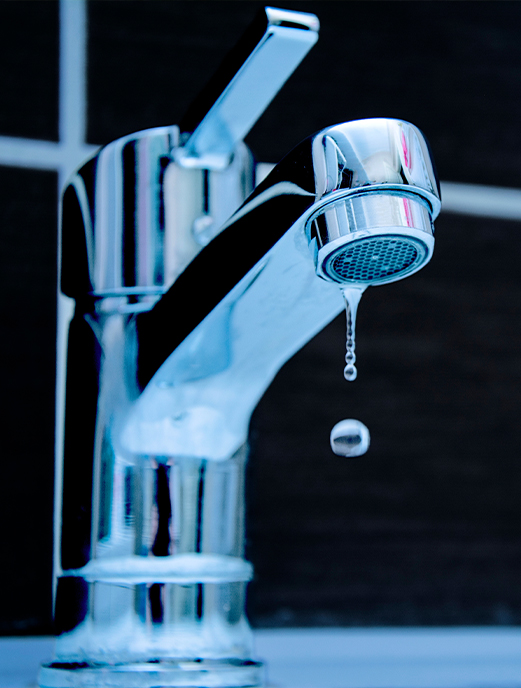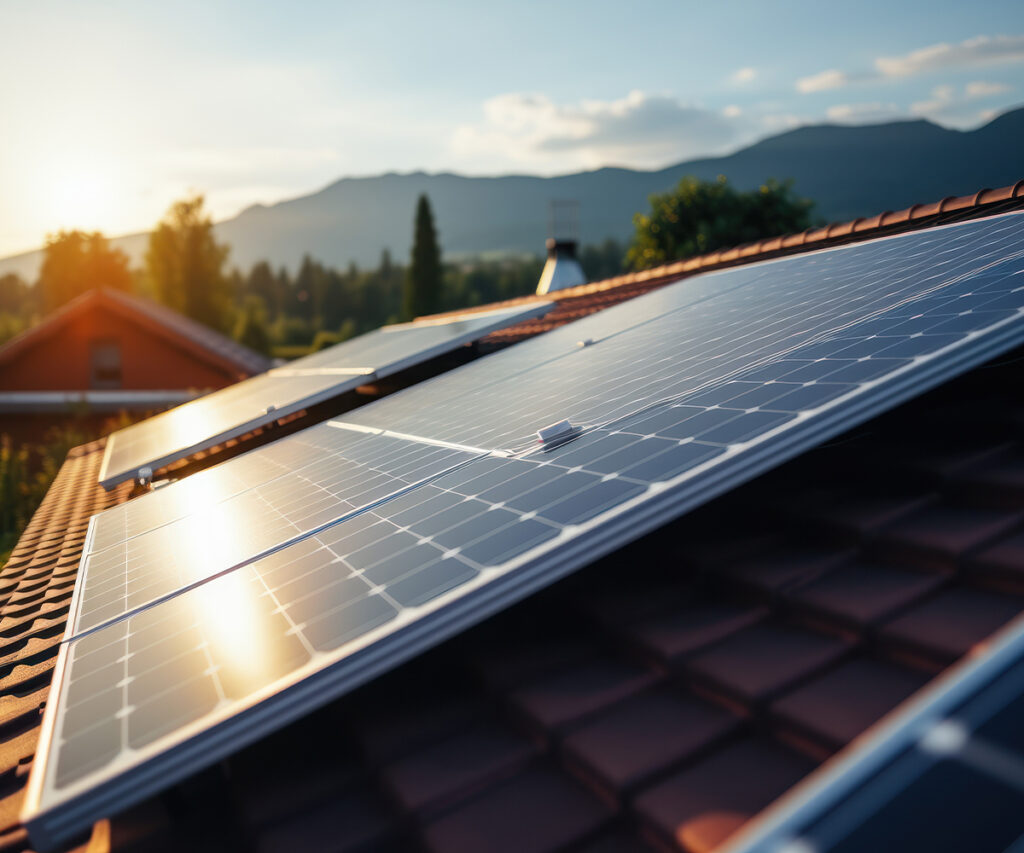Eco-friendly house design has been more popular in recent years as a result of the shift toward healthier lifestyles and environmentally responsible decisions. Both sides are using eco-friendly building and home remodeling methods to improve everyday living and protect the environment. This article examines the most important eco-friendly house characteristics that are becoming more and more common in contemporary home construction and design.
Alternative Energy
Solar panels and other renewable energy sources have changed the game for environmentally responsible home design. Due to their self-replenishing nature and low greenhouse gas emissions, solar panels are an affordable and sustainable energy option for homes. Homeowners can drastically cut their carbon footprint and dependency on conventional energy sources by utilizing the sun’s power.
Water Conservation
Conserving water is yet another essential component of eco-friendly home design. Builders can cut down on water usage both during building and in day-to-day home use by putting in place water-saving devices and procedures. The environment gains from the integration of water-efficient technologies, such as smart irrigation systems and low-flow taps, while homeowners also experience a reduction in utility expenditures.

Efficient Lighting
Eco-friendly interior design heavily relies on effective lighting. Compared to conventional light bulbs, energy-efficient LED lights use less energy and last longer. Optimizing natural light through well-placed windows and skylights can also brighten living areas, lessen the need for artificial lighting, and use less energy overall.
Energy-Efficient Design
One of the main components of eco-friendly house features is energy efficiency. A home’s overall energy consumption can be greatly decreased by putting energy-saving measures like solar panels, adequate insulation to stop air leaks, and energy-efficient lighting solutions into place. Long-term energy bill savings are another advantage of these design features for homeowners in addition to their positive effects on the environment.
Fixtures that Save Water
Water-saving plumbing equipment, such low-flow showerheads and toilets, can raise a home’s market value and improve sustainability. Water-efficient fixtures contribute to a more economical and environmentally friendly living environment by reducing water waste.
ENERGY STAR Appliances
One of the most effective ways to improve energy efficiency in a home is by using ENERGY STAR appliances. These devices are designed to consume less energy than standard appliances, resulting in significant savings on energy bills. By investing in ENERGY STAR-rated products, homeowners can reduce their carbon footprint and create a more sustainable living space.
Other Eco-Friendly Home Features
In addition to the aforementioned features, other eco-friendly trends in home design include smart home systems that optimize energy usage, energy conservation through smart thermostats and power management tools. By incorporating these eco-friendly home features, homeowners can create a more sustainable living environment while enjoying the benefits of lower energy costs and a reduced environmental impact.
As the demand for eco-friendly homes continues to grow, integrating sustainable features into residential properties not only aligns with environmental goals but also enhances the overall value and appeal of a home. By embracing eco-friendly design practices and technologies, homeowners can contribute to a greener future while creating a healthier and more energy-efficient living space for themselves and future generations.home

